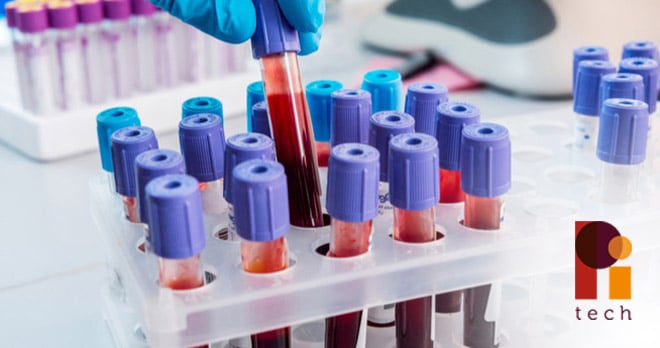The new tech which could save thousands of lives: a rapid test for sepsis

Sepsis is often called the “silent killer”; it is estimated that over 50,000 people die from the condition each year. The symptoms of sepsis are frequently mistaken for other illnesses, or it is missed because it develops as a complication of a routine infection, which results in poor outcomes for patients.
Even when sepsis is suspected, the current blood test used to confirm the condition can take up to 72 hours to give a positive result, which means valuable time is lost, leading to catastrophic consequences for patients. Unfortunately, any delay to the start of treatment increases the threat of organ damage and death. We frequently see clinical negligence cases where vital early signs of sepsis were missed, and the time taken to reach a sepsis diagnosis invariably leads to worse outcomes for patients.
How can we more effectively diagnose sepsis? A new test may hold the answer
As a response to the concerns over delayed diagnosis, there has been a huge push in recent years for frontline medics to identify sepsis promptly, with various protocols introduced to help identify patients with the condition before they become critically ill. It has this week been widely reported that scientists from the University of Strathclyde have come up with a tool which could make this task a lot easier.
This research debuts a newly developed rapid test for earlier diagnosis, using a microelectrode device to analyse a patients blood sample and provides a result within 2.5 minutes. Even before you hear the rest, this is clearly something which has the potential to change sepsis diagnosis for the better.
The idea is that the device could be used on the ground in primary care settings by treating clinicians to monitor sepsis markers, in the GP surgery or by a patient’s bedside, as opposed to waiting for laboratory tests to come back. This should ensure that treatment starts as early as possible for patients suffering with sepsis, giving them the best chance of a full recovery. Time is of the essence with sepsis after all.
There is also a version of the device being developed for use in intensive care facilities, which can be implanted and give important real time information to nursing staff showing any rise in sepsis markers in a patient’s blood.
Researchers have expressed hope that the test could be rolled out within the next three to five years. The implications for stopping preventable deaths and reducing costs for the NHS are huge. And, as medical negligence solicitors, we are excited to see how this test will improve outcomes for those who contract sepsis.
What can we do now to combat sepsis?
However, until these tests become widely available, the single biggest thing we can focus on now to avoid preventable deaths is the continued education of medics and the public on the symptoms of sepsis. These include:
- fever and chills
- low body temperature
- decreased urination
- rapid pulse
- rapid breathing
- nausea and vomiting
- dizziness.
If you or any of your family are suffering from the above symptoms, you should seek urgent medical advice.
This information relates to sepsis in adults and although the symptoms are largely the same for children we would advise you to review the Sepsis Trust’s guidance on ‘Spotting Sepsis in Children’. If in doubt seek urgent medical advice.
Technology has the power to change the way we view personal injury.
